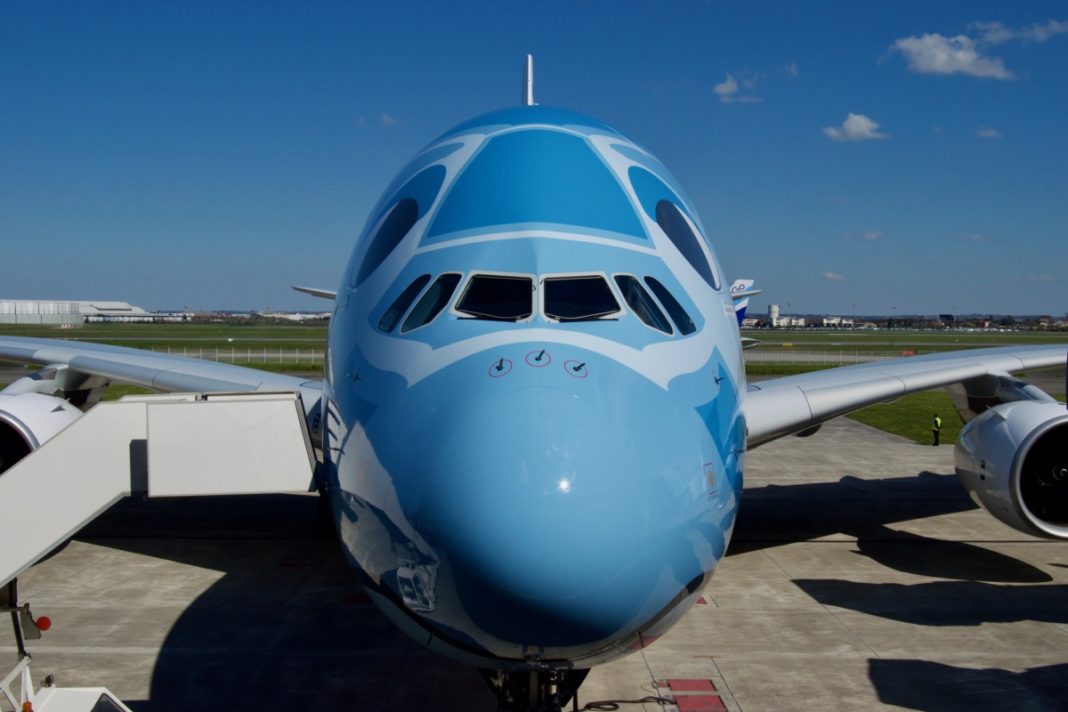Travel bubbles have become a popular way to reopen borders for and could be the way you travel next. The arrangement allows for people to travel between countries, sometimes even foregoing the mandatory quarantines. While travel bubbles do sound great in principle, they have run into roadblocks. Let’s find out more.

But what is it?
Travel bubbles have different names around the world and are also known as air bridges, air bubbles, and travel corridors. Regardless of the terminology, all travel bubbles aim to do the same thing: allow for international travel during this crisis. However, there can be a significant variance in the rules around travel bubbles depending on the agreements.

For the sake of simplicity, we’ll divide travel bubbles into two categories: free bubbles and limited bubbles. Free bubbles allow for unrestricted travel between two or more countries, without any quarantine requirements. Limited bubbles allow travel only in limited circumstances and can come with the full 14-day quarantine procedure.
The agreements can either be bilateral or multilateral. For now, most countries are pursuing bilateral deals with low-risk countries to allow for limited travel. There are also some multilateral agreements such as the European Union’s free travel which has been restarted recently.
Free bubbles
A free travel bubble is the dream for most travelers. Passengers can fly between countries as normal, with no lengthy quarantine measures. Some countries do require tests-on-arrival to ensure that passengers are not carrying the virus, which can help make these travel bubbles sustainable.
A notable example of a free travel bubble is the European Union. The EU is currently allowing for intra-EU travel (most countries) as well as travel from 14 low-risk countries. This effectively means that you can hop on a flight and travel anywhere in the EU without restriction, as many have been doing. Some countries are mandating tests on arrival or require a negative test before travel, but once you clear that, the borders are open.

However, outside of Europe, there are few such free bubbles. Europe has seen most countries within the continent have a similar COVID-19 spread, with cases falling around the same time and travel being allowed to open. However, other regions have seen different COVID-19 infection times, or a continued spread, preventing such bubbles from being formed.
A few major destinations have also opened doors to tourists recently. This includes Dubai, the home of Emirates, which is now allowing tourists from around the world with health protocols. While testing positive does mean you will have to quarantine in Dubai, Emirates is offering free travel insurance to protect travelers.
Limited bubbles
While traveling might a leisure activity for many, business travel is essential to companies and governments. To facilitate business travel, countries have opened their borders a crack, allowing in travelers from low-risk countries and reducing quarantine.
South Korea, Singapore, Taiwan, and others have reopened their borders to allow business travel from select countries. The criteria for this travel remains high, it must be for important business work, requires testing, and even a week-long quarantine (for Taiwan). However, these bubbles do allow for global business to continue without risking a spike in COVID-19 cases.

Other countries have used travel bubbles to restart international flights, allowing for limited, bilateral travel. Mostly these agreements allow for the return of citizens and long-term residents, who may need to travel for employment or education. Since many countries are yet to restart scheduled international flights, these bubbles allow for essential until then.

India has led this kind of bubble, signing agreements with the UAE, US, France, Kuwait, and more to allow flights between the two countries. These travel bubbles have allowed India to restart international travel, allowing for thousands of expatriates to leave and return to the country. However, due to India’s high COVID-19 case count, those traveling are required to quarantine for 14 days.
Are these sustainable?
While these kinds of travel agreements do sound great in theory, they have been difficult to implement and maintain. COVID-19 is notoriously difficult to track since people can spread the virus even before, or if, they show symptoms.
One patient can create an infection cluster, making it very important to meticulously test and trace anyone entering the country. However, with testing kits in short supply around the world, only few can be allocated to foreign travelers.

A number of travel bubbles have been put on hold following a rise in cases. The most prominent example is the trans-Tasman bubble between Australia and New Zealand, which has been put on hold due to a rise in cases in Victoria. Similarly, countries, such as Spain, have seen a second wave of cases, forcing canceled flights and quarantines for travelers.

As COVID-19 continues to spread and re-emerge around the globe, travel bubbles will remain on shaky ground. A rise in cases in any one country can pop the bubble and force border closures all over again. Until such time that we have a vaccine or treatment for this virus, it seems we will have to travel within these bubbles.
What do you think about travel bubbles? Have you made use of them yet? Could they become the future of travel? Tell us your thoughts in the comments
[ad_2]
Source link



